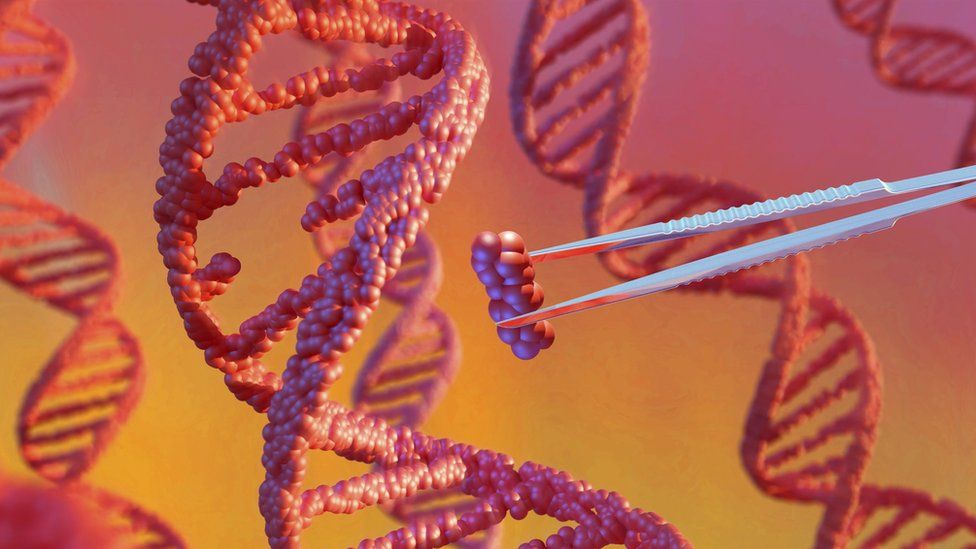University of East Anglia: 80-year-old baby-deaths mystery is solved
- Published

Researchers say they have solved an decades-old medical mystery in which a number of babies died during the 1930s and 1940s.
The deaths happened after various foods began to be fortified with Vitamin D in a bid to eradicate rickets in children.
However, in a number of cases babies died as a result of kidney damage.
The University of East Anglia (UEA) has found the deaths were caused by a gene mutation which prevented some people from metabolising vitamin D properly.
The puzzle began in the early 1900s, when more than 80 per cent of children in industrialised Europe and North America were affected by rickets, which causes bone pain, poor growth and soft, weak, deformed bones.
The discovery that sunlight prevented rickets led to fortification of foods with vitamin D, which all but eradicated the disease by the 1930s.
It led to a wave of baby deaths in the 1930s and 1940s, after foods such as milk, bread, cereal, and margarine were fortified.
Outbreaks of vitamin D intoxication in infants led to fortification bans in many European countries by the 1950s.
The condition - now known as infantile hypercalcaemia type 1 - has been found to be caused by a gene mutation.
Dr Darrell Green, from the UEA's Norwich Medical School, said studies found about 10% of patients experiencing symptoms did not have the genetic mutation.
"This really puzzled us," he said. "So we wanted to find out exactly why this 10 per cent appeared to have the condition, but without the gene mutation that was found to cause it."
"In 2011, researchers found that some people are born with a mutation in the CYP24A1 gene, which means they cannot metabolise vitamin D properly.
"This causes a build-up of calcium in the blood, leading to kidney stones and kidney damage, which can be fatal in babies.
"It was the reason why vitamin D-fortified food in the 1930s caused intoxication in some people."
PhD student Nicole Ball looked at a number of blood samples and found the physical shape of the CYP24A1 gene in these apparent HCINF1 patients is abnormal.
"This tells us that gene shape is important in gene regulation - and that this is the reason why some people lived with HCINF1 but without a definitive diagnosis", Dr Green said.
The researchers now plan to investigate the role of gene shapes in other disorders such as cancer.
Find BBC News: East of England on Facebook, Instagram and Twitter. If you have a story suggestion email eastofenglandnews@bbc.co.uk